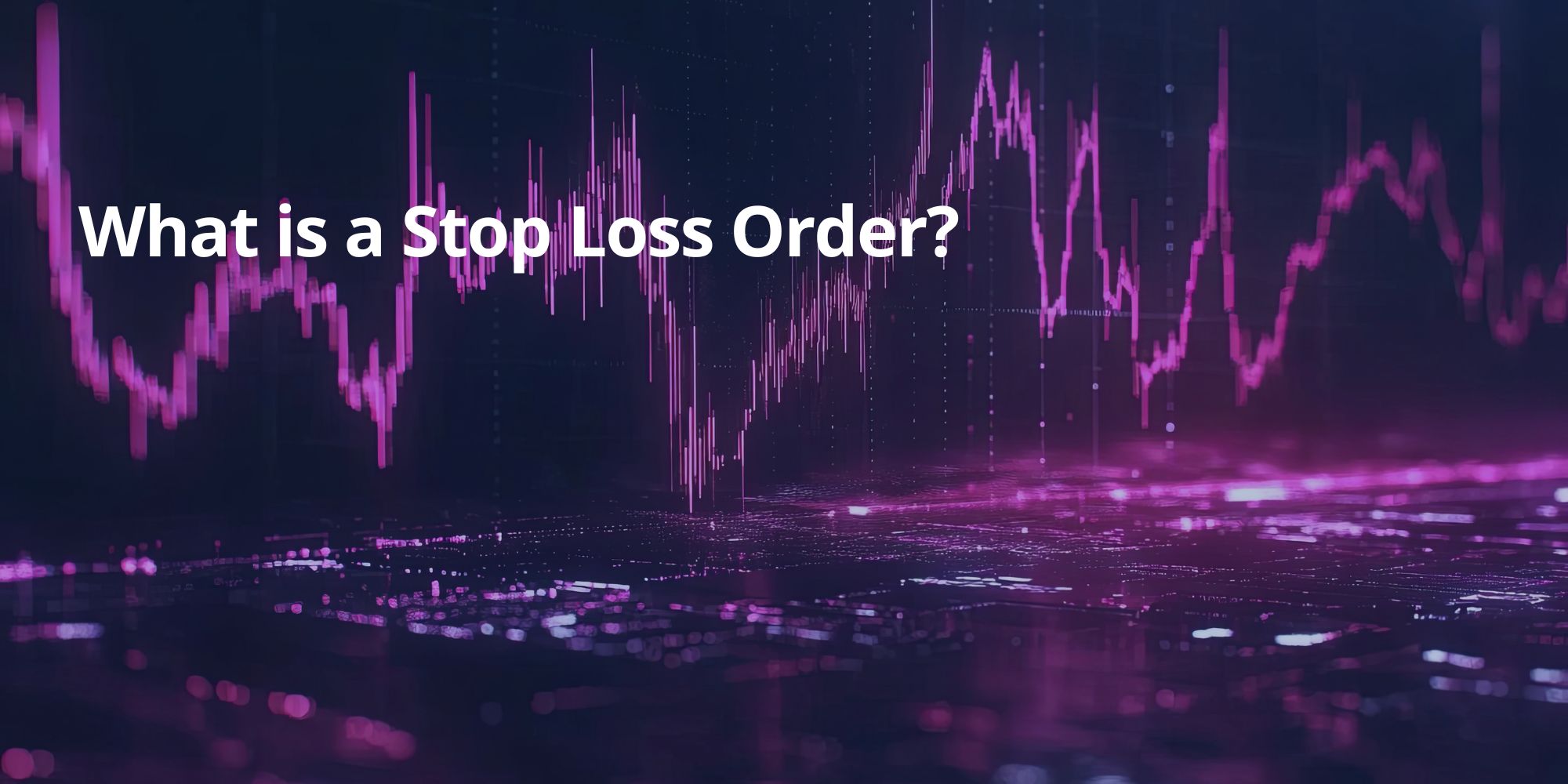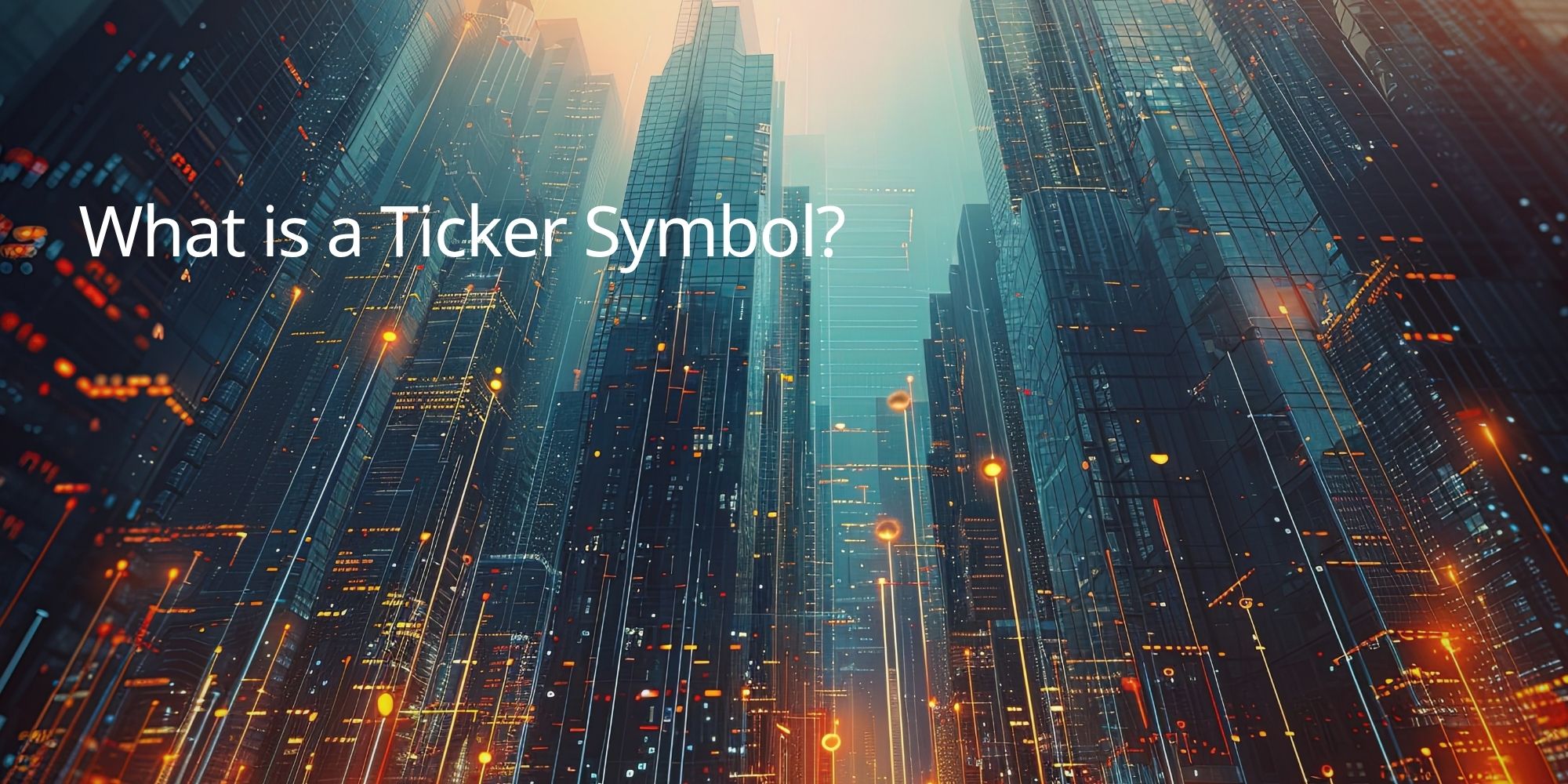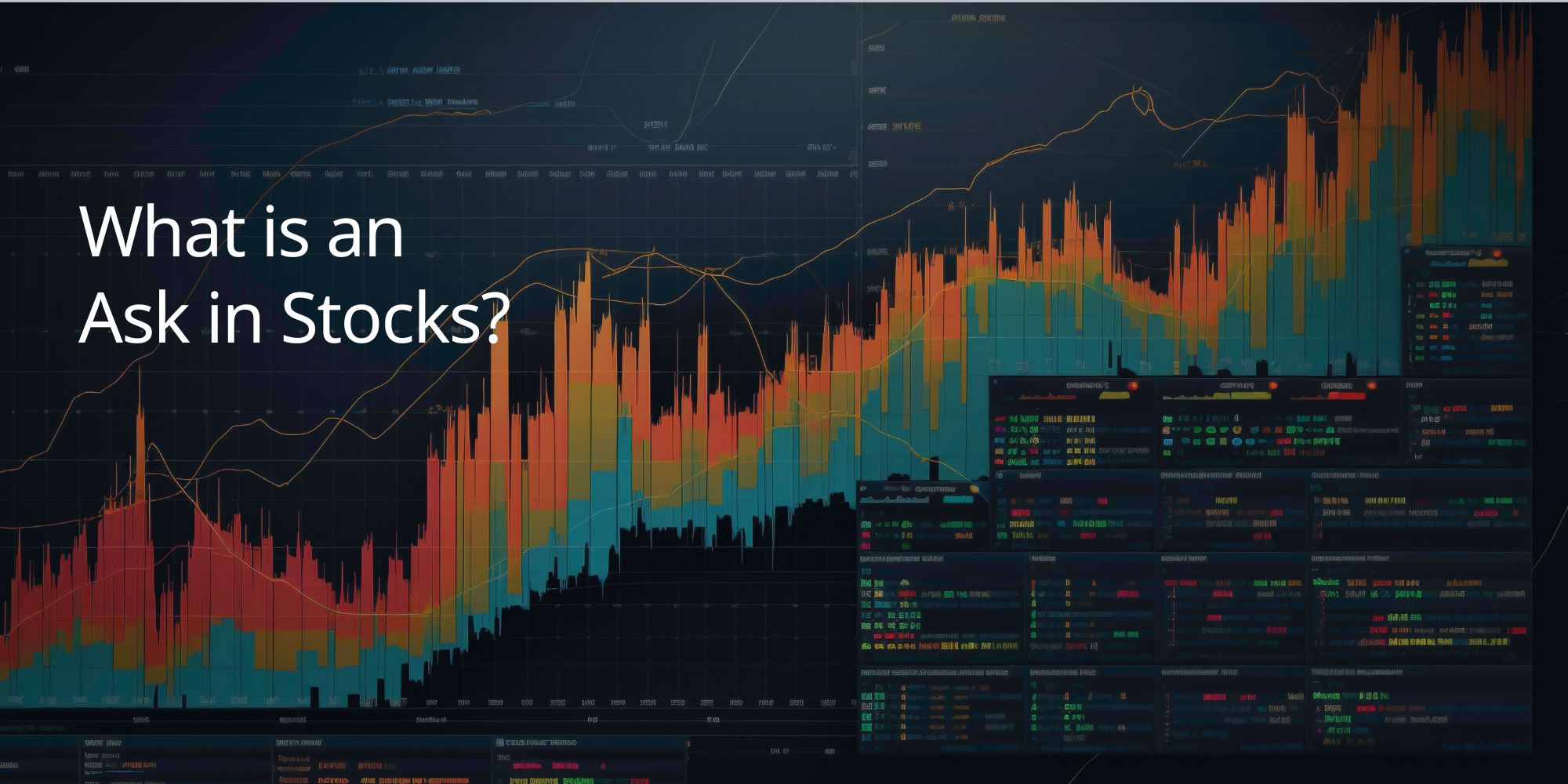Stop-loss orders are an essential risk management tool for any trader. They allow you to automatically exit a trade if the price moves against you, helping to limit potential losses and protect your capital.
This guide from Plexytrade explores stop-loss orders in detail. We’ll cover how stop-loss orders work, the different types of stop-loss orders, and how to use them effectively in your trading strategy. Learn how to place stop-loss orders, choose the right order duration, and manage your trades with confidence.
What Is a Stop Loss Order?
A stop loss order is a type of order that allows you to automatically sell a security if its price reaches a certain level. It’s a risk management tool that can help you protect your investment.
How Stop Loss Orders Work
There are two main types of stop loss orders:
- Market Stop Loss Order: This type of order will be executed immediately at the market price when the stop price is reached.
- Stop Limit Order: This type of order will place a limit order at the stop price. The order will only be executed if the market price reaches the stop price or a better price.
Benefits of Using Stop Loss Orders
- Risk Management: Stop loss orders can help you limit your losses if the market moves against you.
- Automatic Execution: Stop loss orders can be executed without your intervention, saving you time and effort.
- Improved Discipline: Stop loss orders can help you stick to your trading plan and avoid making emotional decisions.
Setting Stop Loss Orders
When setting a stop loss order, it’s important to choose a level that is realistic and appropriate for your risk tolerance. You should also consider the volatility of the asset you are trading.
Additional Tips
- Use multiple stop loss orders: You can set multiple stop loss orders at different levels to provide additional protection.
- Monitor your stop loss orders: You should regularly monitor your stop loss orders and adjust them as needed.
- Use stop loss orders in conjunction with other risk management techniques: Stop loss orders are just one tool for managing risk. You should also use other techniques, such as position sizing and diversification, to protect your capital.
Plexytrade offers a variety of risk management tools, including stop loss orders, to help you protect your investments. Our advanced trading platforms and educational resources can help you learn how to use these tools effectively.
How Stop-Loss Orders Work
A stop-loss order is like a safety net for your trades. It helps you limit potential losses by automatically selling a security if its price drops to a certain level.
Types of Stop-Loss Orders
There are two main types of stop-loss orders:
- Stop-Loss Market Order (SL-M): This type of order is executed immediately at the best available market price once the stop price is reached. It guarantees that your order will be filled, but the execution price might be slightly different from your stop price, especially in fast-moving markets.
- Stop-Limit Order: This type of order becomes a limit order once the stop price is reached. This means it will only be executed at your specified limit price or better. While this gives you more control over the execution price, there’s a chance that the order might not be filled if the market price moves quickly and doesn’t reach your limit price.
Choosing the Right Stop-Loss Order
The best type of stop-loss order for you depends on your trading strategy and risk tolerance.
- SL-M orders are generally preferred for most traders because they guarantee that your order will be filled, even in volatile markets.
- Stop-limit orders are more suitable for traders who want more control over the execution price but are willing to accept the risk that the order might not be filled if the market moves quickly.
Example:
Let’s say you buy a stock at $50 per share and want to limit your potential loss to $5 per share.
- SL-M Order: You could place an SL-M order with a stop price of $45. If the stock price falls to $45, your order will be triggered, and the stock will be sold at the best available market price.
- Stop-Limit Order: You could place a stop-limit order with a stop price of $45 and a limit price of $44. If the stock price falls to $45, a limit order will be placed to sell the stock at $44 or higher.
Key Takeaways:
- Stop-loss orders are essential risk management tools for traders.
- They help you limit potential losses by automatically exiting trades when the price reaches a certain level.
- Choose the type of stop-loss order that best suits your trading strategy and risk tolerance.
Plexytrade’s advanced trading platforms allow you to easily place and manage stop-loss orders. Our platforms provide real-time quotes, charting tools, and order management features to help you execute your trading strategies effectively.
Why Use Stop-Loss Orders in Trading?
Stop-loss orders are an essential tool for any trader who wants to manage risk and protect their capital. Here are some key benefits of using stop-loss orders:
- Limit Losses: Stop-loss orders help you limit potential losses by automatically exiting a trade if the price moves against you. This prevents small losses from turning into large ones.
- Reduce Emotional Trading: Stop-loss orders can help you avoid making impulsive or emotional decisions in the heat of the moment. By setting your exit point in advance, you can stick to your trading plan and avoid letting fear or greed dictate your actions.
- Protect Profits: Stop-loss orders can also be used to protect profits. As the price of an asset moves in your favor, you can adjust your stop-loss order to lock in gains.
- Improve Capital Allocation: By limiting losses on individual trades, stop-loss orders help you preserve your capital for future trading opportunities.
- Enhance Trading Discipline: Stop-loss orders encourage disciplined trading by forcing you to define your risk tolerance and exit points before entering a trade.
- Combine with Other Strategies: Stop-loss orders can be used in conjunction with other risk management techniques, such as trailing stops and diversification, to create a comprehensive risk management plan.
Example:
Let’s say you buy a stock at $50 per share and set a stop-loss order at $45. If the stock price drops to $45, your stop-loss order will be triggered, and the stock will be sold, limiting your loss to $5 per share.
Plexytrade’s advanced trading platforms allow you to easily place and manage stop-loss orders. Our platforms provide real-time quotes, charting tools, and order management features to help you execute your trading strategies effectively.
Stop-Loss Order Durations
When you place a stop-loss order, you can specify how long you want the order to remain active. This is called the “order duration” or “time in force.”
Here are the most common order duration options:
- Day Order: This is the most common type of order duration. The order will stay active until the end of the current trading day. If the order is not filled by the end of the day, it will be automatically canceled.
- Good-til-Canceled (GTC): A GTC order remains active until it is either filled or canceled by you. This is a good option if you’re not in a hurry to have your order filled and are willing to wait for the market to reach your stop price.
- Immediate or Cancel (IOC): An IOC order is filled immediately for the available quantity at your stop price or better. Any portion of the order that cannot be filled immediately is canceled. This is useful if you want to ensure that you exit a position quickly and are not willing to wait for the full order to be filled.
- Fill or Kill (FOK): An FOK order is similar to an IOC order, but the entire order must be filled immediately at your stop price or better. If the entire order cannot be filled immediately, the entire order is canceled. This is useful if you need to exit a position immediately at a specific price.
- Good-til-Date (GTD): A GTD order remains active until a specific date that you set. This is useful if you want to have a stop-loss order in place for a specific event or time period.
Choosing the Right Order Duration
The best order duration for you will depend on your trading strategy and your specific needs.
- Day orders are suitable for most traders who want to place orders that will be filled within the current trading day.
- GTC orders are useful for traders who are willing to wait for their orders to be filled and don’t want to worry about them expiring.
- IOC and FOK orders are more specialized and are typically used by traders who need to have their orders filled immediately at a specific price.
- GTD orders are helpful for setting a stop-loss order that will expire on a specific date.
Plexytrade’s advanced trading platforms allow you to choose the appropriate order duration for your stop-loss orders. Our platforms provide a user-friendly interface and a variety of order management tools to help you execute your trading strategies effectively.
Conclusion
Stop-loss orders are a crucial tool for any trader who wants to manage risk and protect their capital. By understanding how stop-loss orders work and using them effectively, you can improve your trading outcomes and achieve your financial goals.
Plexytrade provides the platform and resources you need to master stop-loss orders and enhance your trading skills. Our advanced trading platforms, educational materials, and market insights empower you to:
- Place and manage stop-loss orders with ease.
- Choose the right order duration for your trading strategy.
- Combine stop-loss orders with other trading tools and techniques.
- Make informed trading decisions and navigate the markets with confidence.
Ready to take control of your trades? Sign up with Plexytrade.com today and unlock the power of stop-loss orders.














